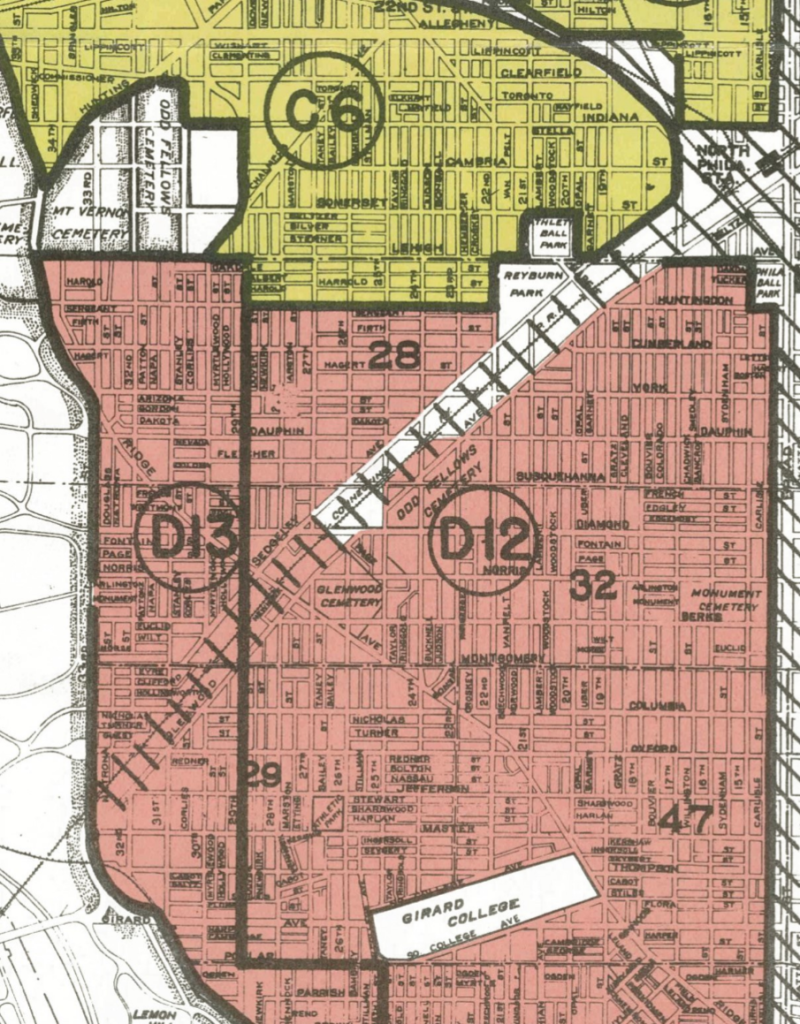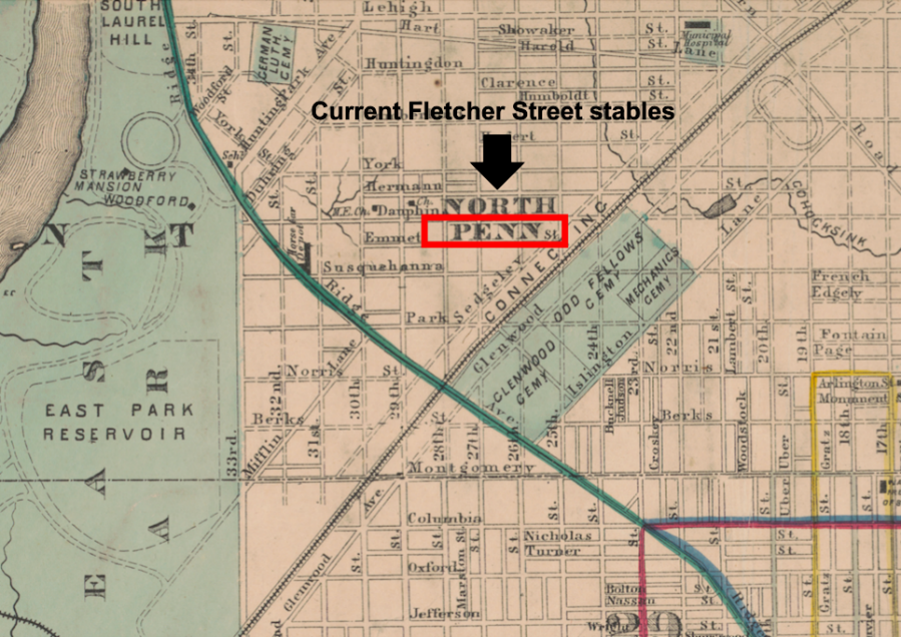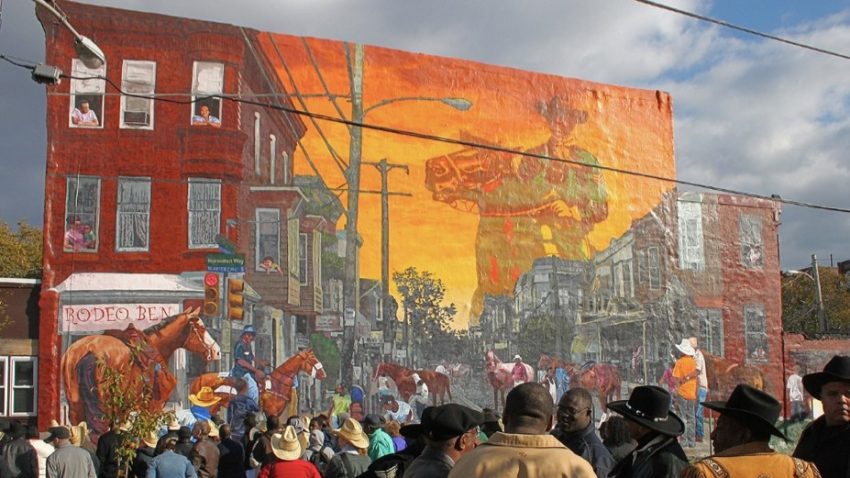By Courtney Berne
As a PhD candidate in the Geography, Environment and Urban Studies department (GENUS), and a more-than-human feminist geographer, I bring an interdisciplinary approach to my work. With a decade of prior experience as an instructor of English, I taught in Chicago, Malang (East Java, Indonesia), and Zambia before pursuing a PhD in geography. At Temple, my current research focuses on human-animal interactions within urban spaces. More specifically, my dissertation explores communities of black horsemen and women in the city, mainly North Philadelphia’s Strawberry Mansion. I did not initially set out to cover this subject. Instead, the work found me.
In the fall of 2019, while reading in a local coffee shop, I looked out the window and saw a black man on a horse trotting down Baltimore Avenue. Traffic and pedestrians paused in awe, allowing ample space for the pair. I soon learned that black cowboys are common in Philadelphia (as shown by this mural paying tribute to urban horsemen). Further investigation led me to the Fletcher Street Urban Riding Club. After countless hours of field work, interviews and archival research, I am now familiar with this locally situated and iconic community; one that benefits from the city’s historical association with the horses that built it, and continue to define it, to this day.

Academic Advocacy
The Loretta C. Duckworth Scholars Studio Graduate Extern Program provides the tools and expertise required to communicate my research to a wider audience through digital platforms. The three academic articles which will comprise my dissertation tell the story of how black horsemen evolved in Philadelphia since the 19th century. The first two articles speak to the politics of black riding since the Black Lives Matter movement, as well as the therapeutic benefits for populations experiencing habitual stress. After exploring the more theoretical elements, my third article includes a quantitative approach wherein I visually illustrate the history of black cowboy culture using a temporal map.
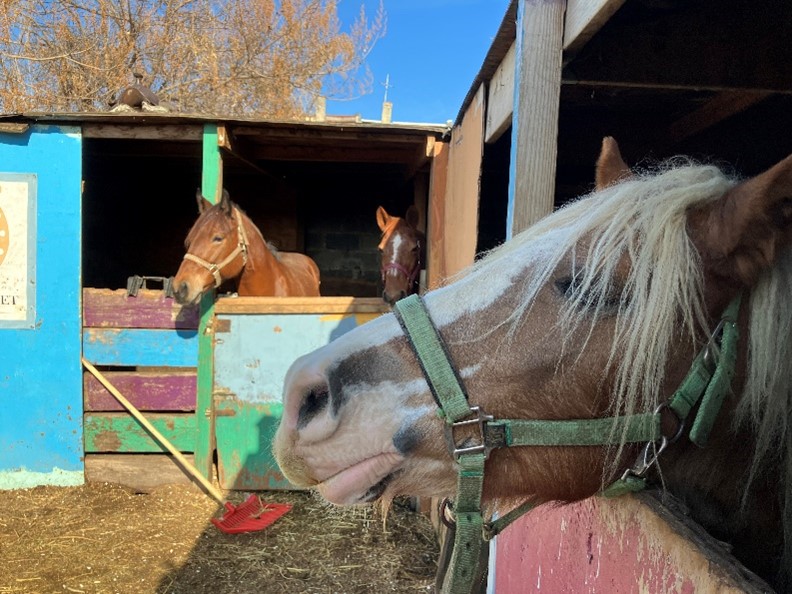
For this digital research project, I will chronicle the slow disappearance of black stables across Philadelphia due to racist land-use policies and the slow violence of gentrification. Utilizing GIS mapping techniques, I hope to express an overlooked narrative via story maps. Because this account of cultural erasure speaks directly to local citizens, the knowledge therein should be available to non-academic audiences. Therefore, my work this year will focus on the conversion of ethnographic, qualitative data into a mixed-method, open-access article showcasing the narrative of West Fletcher Street: current home to the riding club and hub of Philadelphia’s black riding community.
From Qualitative Research to Mixed Methodology
Prior to my arrival at the Duckworth Studio, I adopted a more qualitative approach. My data collection process consisted of participatory action research, semi-structured interviews and an analysis of historical archives. As a feminist geographer, I place great importance in the embodied experiences of individuals and the value of local knowledge from community members who might previously have been ignored.
Over three years, I collected interviews with horsemen and women from Philadelphia, New York City and Texas. While transcribing over fifteen hours of dialogue, I uncovered a list of names, dates and places embedded in the history of this culture. The need to map the evolution of former stables, and the people who made them possible, began to emerge. During this Externship I look forward to working alongside experts in the field of digital humanities, enabling me to turn collective memories into visual histories available to the public. This is an invaluable opportunity not only for me as a researcher, but for the black riding community writ large.
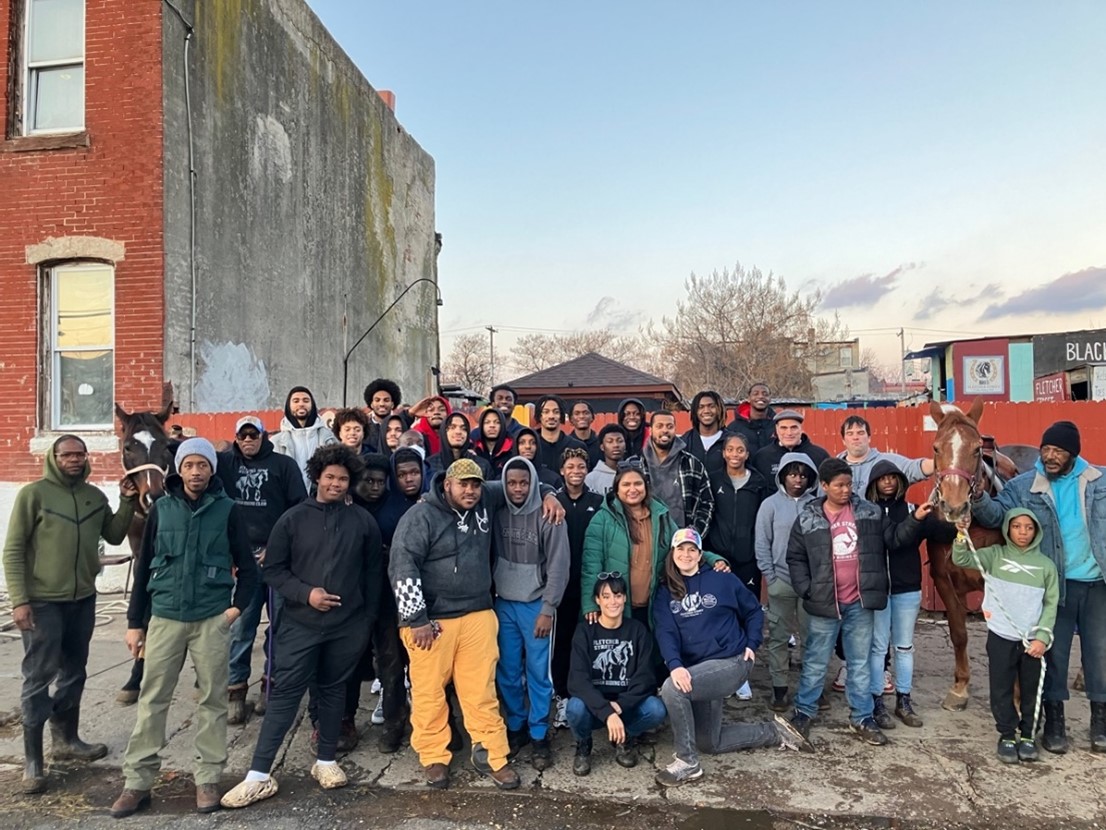
Scholarly Activism
Although equines have been prolific in Philadelphia for centuries, a challenge of this research is to tell the history of horses on one particular street. The Fletcher Street Urban Riding Club (arguably the city’s most enduring, black-run stable – which served as inspiration for the Netflix film, Concrete Cowboy) is situated within a few blocks of West Fletcher Street, close to the Schuylkill River, Fairmount Park, railroad tracks, and municipal neglect. Between the late 19th and early 20th century, Fletcher Street was home to multi-story brick houses and multiple horse stables.
By the 1950’s, most of those stables had disappeared. And yet, archival data shows that at least one stable remained on the north side of Fletcher Street, between the 29th and 26th block, every decade since the 1870’s. My task is to identify why the residents of this street chose to consistently house horses since the Civil War. Answering this question requires analysis of oral histories, property deeds, historical maps, census records, newspaper clippings and the expertise of archival librarians.
During the fall semester of this externship, I am creating spreadsheets which will eventually become an original dataset. From here, I aim to map horse stables on Fletcher Street from the mid-19th century, to show the close connection between former horse-drawn streetcar routes and the current stables, still situated only blocks away (sources: David Rumsey Map Collection and the Free Library of Philadelphia’s Map Collection). I will also show how once vacant lots, which began to appear after the area was red-lined, eventually became community-oriented spaces, or multi-species refuges for residents of North Philadelphia.
Recently I learned that in 1867, the street itself was named after the Fletcher family, whose son’s fought in the Civil War as decorated calvary soldiers. Later, in the 20th century, the Lederman’s owned land two blocks east of the Fletchers (with horse stables) for over sixty years. Horace Lederman taught horsemanship to black residents of the neighborhood and allowed them to use his horses for pony rides in Fairmount Park. Charlie, my oldest interview subject (now in his late 80’s), recalled Horace fondly as his earliest equine mentor on Fletcher Street.
Re(membering) Untold Histories
Both interviews and archival data have revealed distinct neighboring blocks on Fletcher Street where households prioritized horse ownership spanning from the mid 19th century until today. It is because of two important families (the Fletchers and Ledermans), and those in between, that horse stables remained: for incoming equine enthusiasts to continue the tradition. Without rich oral accounts and detailed historical records within the city’s repositories, such information may have remained lost.
With mapping software such as ArcGIS, we can memorialize cultural legacies that remain invaluable to any city, including but not limited to Philadelphia. The next generation of black riders will soon be able to learn about their tradition in a new way. Audio clips of stories told by the men and women who kept Fletcher Street’s horse culture alive will add to this visual record of Philadelphia’s equine history. Future generations will ride on, knowing they are an integral part of upholding history.
